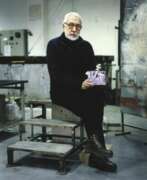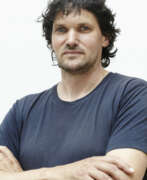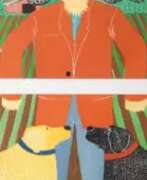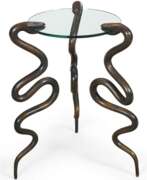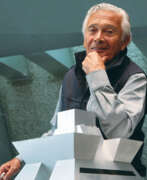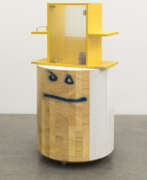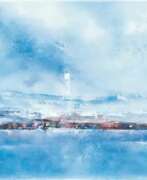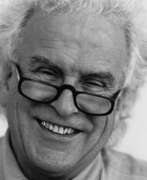Furniture makers 21st century


Wendell Castle was an American artist and designer who is considered one of the pioneers of American studio furniture. He is best known for his innovative and sculptural furniture designs that blur the boundaries between art and function.
In the 1960s, Wendell Castle began experimenting with traditional woodworking techniques and pushing the boundaries of furniture design. He gained recognition for his unique handcrafted pieces that challenged traditional notions of furniture aesthetics. Castle's work often features organic shapes, flowing lines and a sense of whimsy. He has used a variety of materials to create his sculptural furniture, including wood, fibreglass and plastic.


Ado Chale is a Belgian artist and designer best known for his exquisite mosaic inlays. Pieces of wood, minerals, or bone are sliced, arranged, and coated with resin to form the opulent surfaces. His furniture and domestic objects reference the natural world not only through the use of precious stones, metals, and organic materials, but also through the textures, patterns, and forms they express. Chale opened his first gallery in 1962. He exhibited jewelry and small side tables adorned with his unique inlay and sourced various gems and rocks via international travel. The self-taught craftsman then incorporated his acquisitions into larger pieces of furniture and sculptures attractive for their beauty and novelty in the 1970s. His work has been exhibited at the Ixelles Museum in Belgium, in France at the Museum of Fine Arts in Nancy and the Palais des Papes in Avignon, and in Japan at retail chain Seibu’s contemporary art museum.


Herbert Hirche was a German architect, interior and furniture designer and educator.
Hirche studied at the famous Bauhaus school in Dessau and Berlin, where Ludwig Mies van der Rohe and Wassily Kandinsky taught. Trained as a carpenter, he first worked for Mies, Egon Eiermann and Hans Scharun before being appointed professor of applied art at the University of Applied Arts in Berlin-Weißensee in 1948. Four years later he became professor of interior and furniture design at the Stuttgart State Academy of Fine Arts. During his years of teaching, Hirche has educated generations of designers.
In addition to teaching, Hirche designed many homes and interiors. He designed furniture for Walter Knoll, Wilkhahn, Holzäpfel and Wilde+Spieth, as well as several projects for Braun, including the HM5-7 music cabinet and the HF1 television set. Hirche's simple and elegant models were exhibited at various Milan Triennales and the 1958 World Exhibition in Brussels. His work had a great influence on the development of product and interior design in Germany and the world.
Hirche was one of the founders of the Deutscher Werkbund (German Association of Craftsmen) in Berlin, was president of the Verband Deutscher Industrie-Designer (Society of Industrial Designers) for ten years, and was a member of the Rat für Formgebung (German Design Council).


Rei Kawakubo is a Japanese fashion designer based in Tokyo and Paris. She is the founder of Comme des Garçons and Dover Street Market. Although not formally trained as a fashion designer, Kawakubo did study fine arts and literature at Keio University. After graduation she worked in the advertising department at the textile company Asahi Kasei and she went on to work as a freelance stylist in 1967. Two years later, she began to design and make her own clothes under the label Comme des Garçons. In 1969, she established her own company, Comme des Garçons Co. Ltd in Tokyo and opened up her first boutique there in 1975. Starting out with women's clothes, Kawakubo added a men's line in 1978. Three years later, she started presenting her fashion lines in Paris. Comme des Garçons specialises in anti-fashion, austere, sometimes deconstructed garments. Kawakubo likes to have input in all the various aspects of her business, rather than just focusing on clothes and accessories. She is greatly involved in graphic design, advertising, and shop interiors believing that all these things are a part of one vision and are inextricably linked.


Mathieu Matégot was a Hungarian / French designer and material artist. He was one of the most renowned French designers of the 1950s.
Following the war, Matégot established a workshop for making handcrafted furniture using a variety of materials such as metal, rattan, glass, formica, and perforated sheet metal. The workshop made chairs, tables, sideboards, desks and other objects that he had designed. At first based in Paris, the workshop later moved to Casablanca. All the furniture and other objects had clever, practical and amusing designs. Distributed to decoration shops in editions of 200, his work was extremely successful.
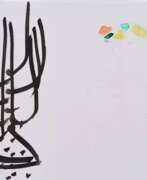



Yanagi Sōri (柳 宗理) was a Japanese industrial designer. He played a role in Japanese modern design developed after World War II to the high-growth period in the Japanese economy. He is both a representative of the wholly Japanese modern designer and a full-blown modernist who merged simplicity and practicality with elements of traditional Japanese crafts.
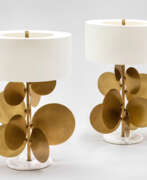

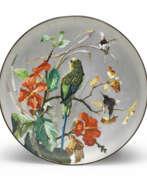

Narcisse Vivien was a French artist known for his decorative and ornamental art, as well as his contributions to the Art Nouveau movement. He was particularly renowned for his work in the field of ceramics, creating intricate and stylized designs that incorporated elements of nature and fantasy.
Vivien trained at the École des Beaux-Arts in Paris and went on to establish his own studio, where he created a wide range of works including pottery, glassware, metalwork, and furniture. He drew inspiration from a variety of sources, including ancient mythology, Japanese art, and the natural world.
Vivien's work is characterized by its use of flowing, organic forms, intricate patterns, and a strong sense of line and color. His designs often featured delicate flowers, twisting vines, and fantastical creatures, creating a sense of whimsy and magic that was characteristic of the Art Nouveau style.
Today, Vivien's work is highly prized by collectors and art enthusiasts, and his legacy continues to influence artists and designers around the world.


Arne Vodder was a Danish architect and furniture designer. He received his art education at the Academy of Fine Arts in Copenhagen.
Arne Vodder began a very fruitful collaboration with the designer George Tanier. In this collaboration, Vodder developed some of his best designs in the late 1950s and early 1960s.
